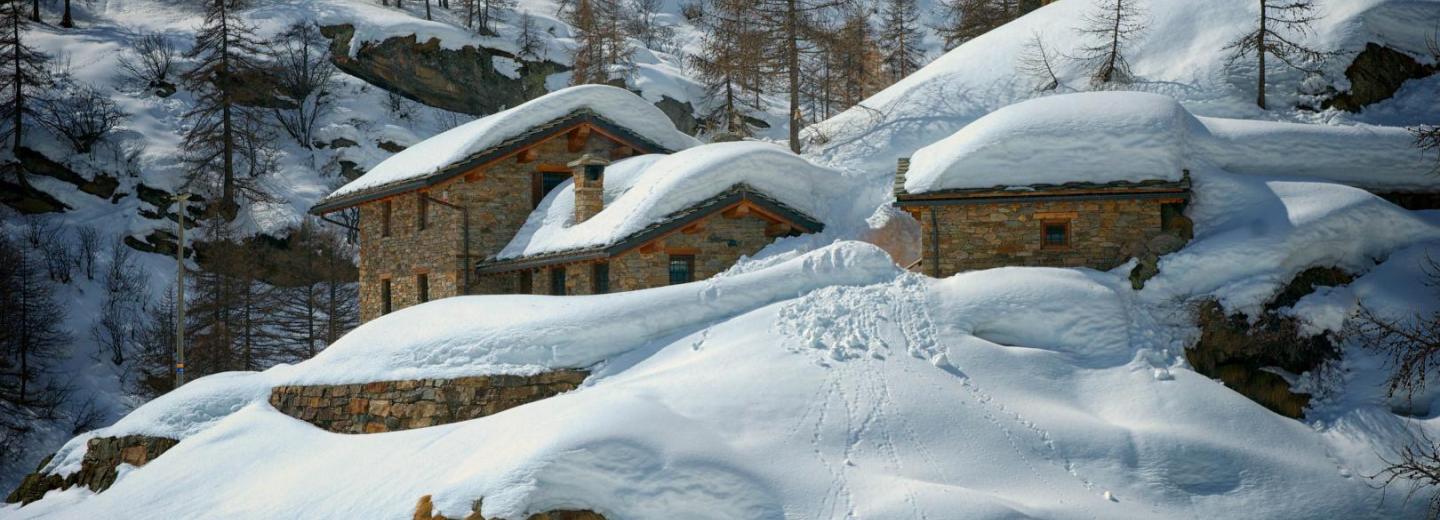Inhabited zones on the valley floor, permanent dwellings at high altitudes, prominent grazing areas near the highland plains, bare stone shelters near the highest pastures, up to an altitude of 2600 m: this is the human architecture of the park, with 222 nuclei, 171 in Piedmont and 54 in Valle d'Aosta, and 450 grazing structures; paths and paved mule-tracks, once main communication routes and today a network of nature trails for tourists; signs of agricultural activity, with dry stone walls that terrace the steep slopes and small irrigation canals made of earth and stone. A territory in slow evolution, where the trees are regaining on open spaces that were once used to grow cereals, and on the abandoned settlements.
